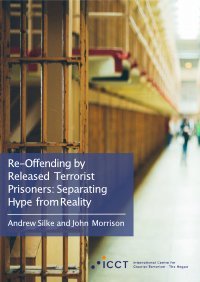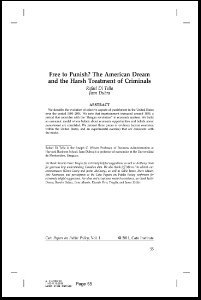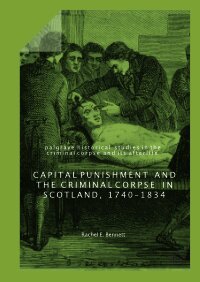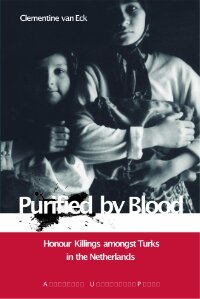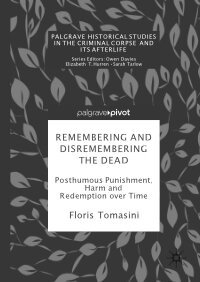By James Austin
This study examined the extent to which the Prisoner Classification Management (PMC) system improved prison operations and reduced violence between inmates. The PMC system classifies inmates into one of five categories: selective intervention -- situational (SI-S); selective intervention -- treatment (SI-T); casework control (CC); environmental structure (ES); and limit setting (LS). Data were collected from records kept by the Research and Planning Section of Washington's Department of Corrections. Data included inmate characteristics (JU67W.DAT), work assignment records (JU68W.DAT), disciplinary records (JU69W.DAT), assignment records (JU70W.DAT), and housing assignment records (JU71W.DAT). Data were also collected from a long (JUnW.DAT) and short (JU73W.DAT) PMC questionnaire. Checks for out-of-range values revealed that the data are free of detectable coding errors.
San Francisco: National Council on Crime and Delinquency, 1990. 100p.











